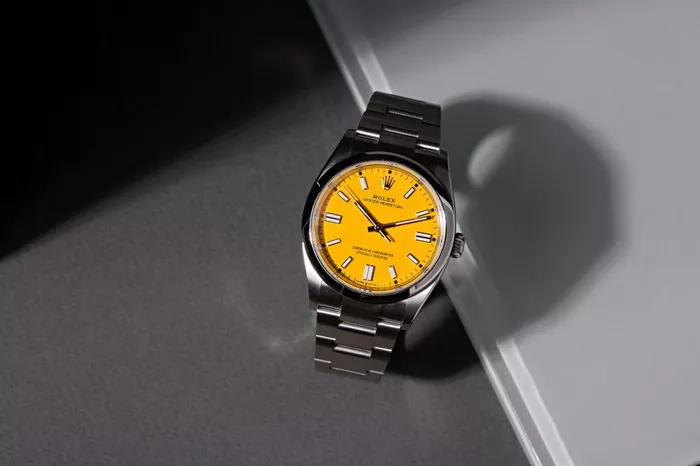Money may not be able to buy happiness, but it can certainly secure a prominent spot in the world of high-profile sponsorships, especially for those with substantial financial resources. The luxury conglomerate LVMH is set to step into Formula 1 in 2025 with a rumored annual investment of US$150 million. This figure marks a significant leap from Rolex’s current commitment, which has grown from US$10 million per year in 2011 to US$50 million annually. While LVMH’s bold bid aims to position TAG Heuer as the Official Timekeeper, Rolex’s CEO Jean-Fédéric Dufour has expressed discontent over the enormous sum. Nevertheless, Rolex’s departure from F1 sponsorship might ultimately be a strategic advantage.
Rolex’s Evolving Focus
Rolex’s association with prestigious events extends beyond Formula 1 to include major tournaments in tennis and golf. When Rolex began sponsoring F1 as the Official Timekeeper in 2013, the global TV audience was approximately 450 million. Today, while the viewership numbers remain similar, the demographic has shifted notably. The traditional fan base has dwindled in favor of a broader audience seeking entertainment rather than pure racing excitement.
Stefano Domenicali, CEO of Formula One Group, reported in 2022 that 40% of the F1 audience is now female—a significant increase from 2017. Additionally, the demographic has become younger and more culturally diverse, largely due to Liberty Media’s influence and the impact of Netflix’s Formula 1: Drive to Survive. The series, which debuted in 2019, has played a crucial role in popularizing F1 in the U.S. and attracting a new, less traditional fan base by focusing on dramatic storytelling and behind-the-scenes content.
Impact of Social Media
Liberty Media’s relaxed licensing rules have enabled greater content creation and dissemination across social media platforms, leading to increased visibility for F1. A Buzz Radar study found that social media and family referrals now surpass Drive to Survive as sources of information about F1, highlighting a shift in how fans engage with the sport.
The trend towards social media and influencer-driven content contrasts with the traditional, purist view of motorsport. For purists, the essence of racing lies in the track, not in the sensationalized narratives presented in media series. This shift in audience engagement might have contributed to Rolex’s decision to reconsider its involvement in Formula 1.
Rolex’s New Direction
Rolex’s exit from Formula 1 sponsorship opens the door for the brand to deepen its association with endurance racing and classic motorsports—fields where its commitment to quality aligns with the values of its audience. The 24 Hours of Le Mans and the 24 Hours of Daytona, both of which Rolex sponsors, exemplify the brand’s focus on classic, high-quality racing events. These endurance races attract a dedicated and discerning audience, reflecting the timeless values that Rolex upholds.
The Goodwood Revival and Pebble Beach Concours d’Elegance are other prime examples where Rolex’s presence enhances the prestige of these events. The Goodwood Revival celebrates vintage sports cars in a setting that mirrors the craftsmanship of Rolex watches, while the Pebble Beach events showcase some of the world’s finest classic automobiles, aligning with Rolex’s emphasis on heritage and excellence.
Conclusion
Rolex’s shift from high-profile, mass-market sponsorships like Formula 1 to more niche, prestigious motorsport events reflects a strategic realignment. By focusing on endurance racing and classic automotive events, Rolex is reinforcing its commitment to quality and tradition. This move aligns with CEO Jean-Fédéric Dufour’s vision of Rolex as a purveyor of dreams rather than mere commodities, potentially positioning the brand for a long-term victory in the luxury market.
In essence, Rolex’s new strategy may well prove to be a masterstroke, enhancing its association with the elegance and passion of classic motorsports while stepping away from the more sensational aspects of contemporary racing.

